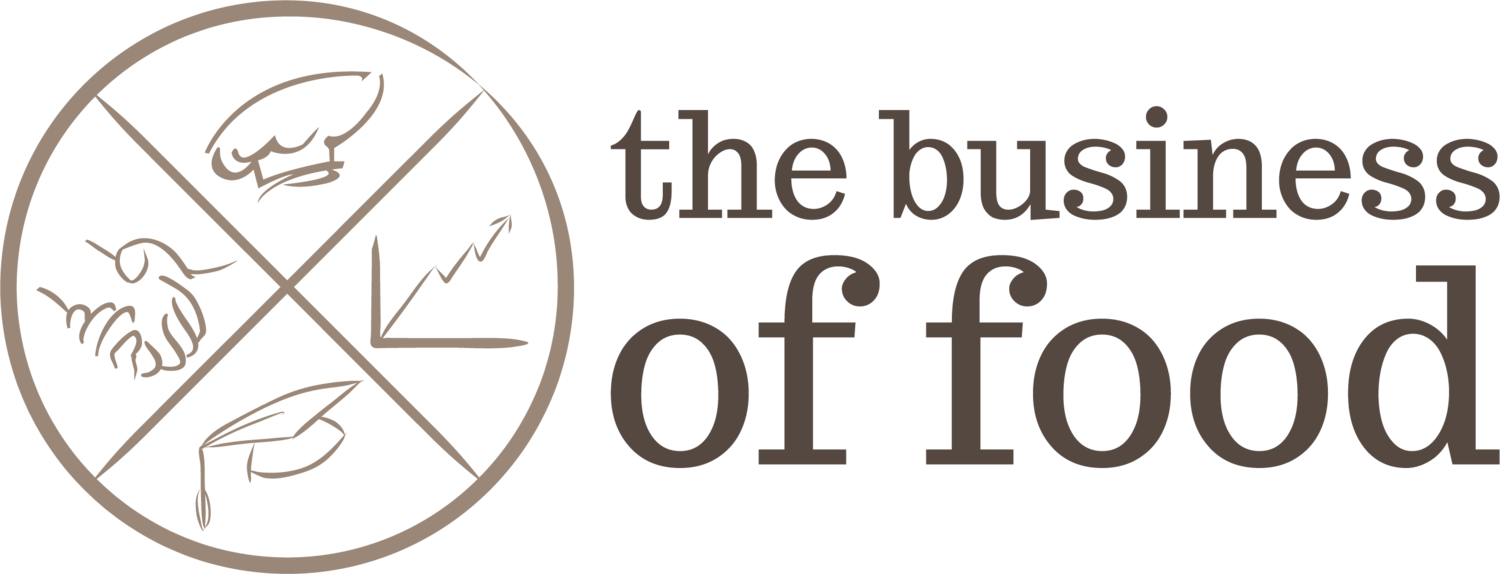Dumplings
Who doesn't love dumplings of all kinds?
We've had several businesses over the years come with a plan to make their dumplings into a real business whether they are Russian, Vietnamese or Chinese.
This case study is a conglomeration of the lessons learnt from each of them. We'll call the cook Sandra.
Setting the Scene
Often products start with a hyper local market and it's not unusual to start by making and delivering to order. In this case, the dumplings were advertised on social media, orders were received and the product made on a weekly basis for pickup from the cook's home kitchen. In most cases, the cook has been following some of the food laws and had their home kitchen registered, but we've also had cooks referred to us through their local council when the food activities have come to their attention in other ways and found to be created in an environment that does not comply with the current laws and is not food safe. Either way, we welcome food producers that would like to do the right thing and expand their market.
The dumplings were so popular that they started to attract attention and Sandra was having trouble keeping up with the orders. That's often when help is needed. Rather than limit the market, producers try to keep up by making greater volumes and reach a point of overwhelm. When this point is reached, there's a strong argument for exploring the option of making a real business plan.
Considerations in a food business
So, what did Sandra need to think about? For a start, the efficiency of the production processes needed to be reviewed to lessen the production time (after all, time is money) and manage the overwhelm so Sandra can concentrate on building her business.
One of the most important considerations when making from home is ensuring the highest standard of food safety is followed. For instance, it can be hard to find enough cold storage for a chilled product both throughout the process and on completion before pick-up.
If it's impossible to produce more volume at home safely a commercial kitchen will need to be sourced.
If the plan is even bigger, then you may need a contract manufacturer to take over.
Both scenarios mean additional cost and financial planning is imperative to track the actual cost of making your product and making sure that the sell price charged covers those costs and generates more income to be able to grow the business.
Another integral part of growing a business will include a Brand. A brand communicates what your product is, attracts customers, informs on ingredients, health claims and business beliefs.
Packaging is another significant cost consideration. It needs to be suitable for the product; keeps the food safe in storage, on the shelf and in transit; provides space for marketing messages; makes your product easily displayed and transported.
How did we help Sandra?
We first started by teasing out the dreams for the product and the business. We used a business planning tool and laid out a potential "path to market".
We calculated the current cost of production. Even a "worst case scenario" of having the product made at home and buying ingredients from retailers gives a baseline upon which to improve. Knowing your cost of production enables you to have confidence that the price you are charging covers all those costs. This, however, is not the only consideration when setting your prices. "You can't improve what can't be measured."
Forecasting the number of dumplings needed to (Building a forecast of the volumes) cover the costs of doing business gave an indication of whether this volume is achievable and the infrastructure and capital required to make it happen. This presented a choice of investing in equipment from overseas or sourcing a contract manufacturer. It was at this step that we could tighten up our task plan and estimated timeline.
A brand developer from our network was engaged and delivered an eye-catching logo, a detailed style guide that suited the product, communicated the essence of the business and attracted the attention of Sandra's ideal customer. It also had the space to convey the most compelling marketing messages while sitting on a retail shelf.
We put Sandra in touch with a packaging supplier that we know has the type of packaging, the skills, capability and experience she needed to meet the food laws, production processes, and that her customers would be familiar with. It was also a packaging style that retailers were willing to work with i.e. easy to display, stackable and would stand out from the shelf.
We took everything learned so far about the product and customer and identified the most appropriate retailers that serviced those customers ready for Sandra to hit the sales trail. Our network now includes a Retail Consultant that deals in the food industry and has impressive experience as a FMCG Buyer in various retailers.
Every one of our clients come to a food business with some skills and experience from a previous or parallel career and/or training. Our mentoring and coaching take these existing skills into consideration and fill the gaps in knowledge that are needed.
Some of the top considerations when making from home kitchen:
Register your home kitchen with local council.
Consider the risk of revealing your home address to those picking up.
No wastage of product. Only make what is already paid for.
All the profit is yours with no middlemen.
Have enough room to store ingredients and finished product safely.
Make sure you take out the appropriate insurance. Your home insurance will most likely not cover small business risks.
If you are renting, your business activities might breach the terms of your lease.

